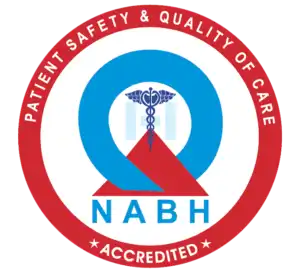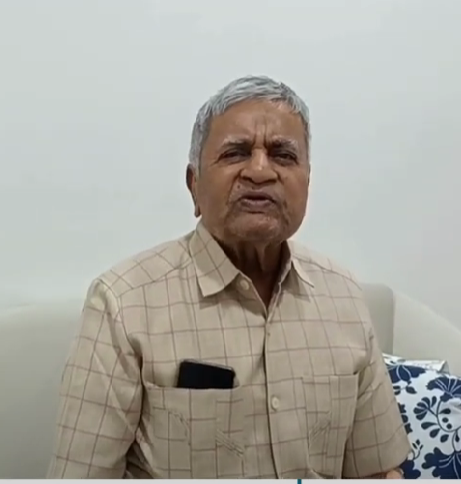6361229911
Book Appointment
-
I finally got relief from my back pain thanks to Epione
Mrs. Aswathi Subramanyan
Back Pain Treatment
-
Dr Sudheer cured me from knee pain due to arthritis
Hanumantharaya
Knee Pain Treatment
-
I suffered from foot pain for 5 years but finally found pain relief at Epione
Mr. BVS Prasad
Foot and Ankle Pain Treatment
-
I can’t believe I got relieved of my back pain in a single day
Akila Venkata Ramana
Knee Pain Treatment
Neuralgias Treatment
in Bengaluru
As the name suggest Neuralgia, it comprises of two words Neuro which means related to nerve and Algesia mean sensitivity to pain. Neuralgias mean pain felt in nerve or along the nerve pathway , due to abnormal structure and function of nerve occurring due to damage of the nerve either by physical damage due to direct trauma or due to certain medical conditions most commonly diabetes mellitus or due to virus invading the nerves. Nerve Pain differs from other kind of pain in the type of pain and has specific characters and so the treatment is different. Neuralgias can sometimes be temporary but most often its is stubborn and agonising for the patients.
Symptoms:
- Pain in the particular nerve of damage
- Associated features- sensitivity to touch and pressure (Allodynia),
- Tingling Numbness, Decreased sensitivity to the particular area
- Stabbing burning sensations, feeling of crawling of insects
Other symptoms like-
- Lack of coordination and falling,
- weakness of legs,
- feeling of wearing a gloves and sock,
- heat and cold intolerance,
- excessive sweating and
- light headedness.
Causes:
- Diabetes mellitus: Long standing cases of Diabetes Mellitus lead to Peripheral Neuralgia involving mostly the nerves of legs.
- Infection– Viral infection with HIV virus, Herpes virus and EB Virus few other viruses may lead to neuralgic pain.
- Autoimmune Disease– Sjogren’s syndrome, lupus, rheumatoid arthritis, Guillain-Barre syndrome, chronic inflammatory demyelinating polyneuropathy and vasculitis.
- Tumors. Growths, cancerous (malignant) and noncancerous
(benign), can develop on the nerves or press nerves. Also, polyneuropathy can arise as a result of some cancers related to the body’s immune response. These are a form of a degenerative disorder called paraneoplastic syndrome - Metabolic Disorders– Vitamin B12 ,Vitamin B1 deficiency, Vitamin B6 deficiency
- Other disorders– Hypothyroidsm, Alcoholism, certain metal toxicity.
How To Make Dingnosis
- Clinical history and examination:- The treating doctor will ask for clinical history of type of pain and onset of symptoms, distribution of symptoms, exposure to any toxic materials, medical history of diabetes mellitus And hypothyroidsm, alchohol use and family history of any autoimmumne disease.
- Blood test– Certain blood test like blood sugar levels, thyroid enzymes and its complete profile, certain antibody tests to identify autoimmune disorders and vitamin and mineral deficiencies.
- Neurological Examination: Identifying the pain along a particular distribution of nerve, coordination, imbalance, muscle tone and strength, reflexes, sensory and motor deficits.
- MRI of spine– To identify any the pinched or compressed nerve, presence or absence of tumours.
- Nerve conduction study (NCS): This test is done to identify the the signal transmiiosn along the nerve is proper or not. Electrodes are placed on the skin over nerves and muscles on different parts of your body, usually your arms or legs and a brief pulse of electricity is applied to the patch over a nerve to be studied. The test measures the size of the response and how quickly the nerve is carrying the electrical signal.
Treatment of Neuralgias
Some of the neuralgias are easy to treat and most of them are difficult not only to treat but also to identify.
- Drug Treatment– Some antinuerupathic drugs like Duloxietene, antidepressants, are associated with effective pain relief in cases of peripheral nerve damage. Anticonvulsants such as gabapentin are also occasionally recommended for this condition. These drugs will take two to three weeks for the pain to come down and will have to be taken for long term. Drugs are not very effective in providing 100 percent pain relief. Side effects will start to show up especially in old patients. The side effects of these medications need to be kept in mind before staring them. The dose of these drugs needs to be escalated every two weeks depending upon the response .
- Transdermal patches of capsacin may prove to be efficacious sometimes. Capascain patches in different concentration can be used . these patches work by acting as a counter irritant and helps in dampening the pain signals carried by sensory nerves.
Radiofrequency Ablations Of Peripheral Nerves:
Radiofrequency Ablation is an minimally invasive procedure done to inhibit the
pain signals to be carried by the sensory nerves. This is done using radiofrequency machines . Once the target nerve is identified by identifying the distribution of pain , then the nerve is ablated using radiofrequency waves
This procedure is done as a day care procedure. The target nerve is identified using ultrasound or fluoroscopic machine. Then the nerve is confirmed by sensory stimulation which is done using the radiofrequency machine.
Sensory stimulation- Sensory stimulation is done to identify the correct nerve by stimulating this nerve and eliciting the same pain regular pain of the patient.
Motor stimulation- After sensory stimulation, motor stimulation is done in which the motor movements is elicited .
If the culprit nerve is sensory nerve, conventional radiofrequency wave is given and if the culprit nerve is motor nerve then pulsed radiofrequency waves are passed.
Peripheral nerve stimulation
Peripheral nerve stimulation is done to stimulate the sleeping nerve which is causing pain. This is a technique in which pain is converted to numbness and hence patient does not feel pain. This is done as a minimally invasive procedure as a day care procedure.








